

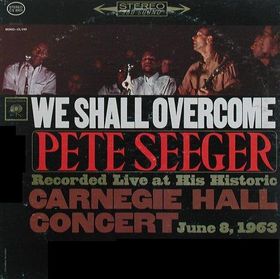

Voting
26 items

Voting
Lesson - 4 Activities
Lesson
4 Activities
60 Min
America holds more elections than any other democracy. The reason is federalism. Because of decentralization there are more offices for the electorate to fill and thus more elections.
60 Min

The Women’s Suffrage Movement
Lesson - 7 Activities
Lesson
7 Activities
70 Min
The emergence of a true women’s movement for equality and suffrage (the right to vote) developed after the religious revivals of the Second Great Awakening and the rise of several antebellum (before the Civil War) reform movements in the 1830s and 1840s. This lesson explores the birth of the Women’s Rights movement, as well as its goals and the historical context of the movement.
70 Min
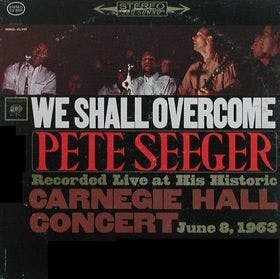
We Shall Overcome: The Fight for Voting Rights
Lesson
Lesson
In this lesson, developed by and included with the permission the LBJ Presidential Library, students will examine primary source documents associated with the passage of the Voting Rights Act of 1965.

Thomas Wilson Dorr: The Working Class Right to Vote
Lesson - 1 Activities
Lesson
1 Activities
45 Min
How did Thomas Wilson Dorr led an effort to expand the right to vote in Rhode Island?
45 Min

Essay: Voting
Essay - 1969 Words
Essay
1969 Words
America holds more elections than any other democracy. The reason is federalism. Because of decentralization there are more offices for the electorate to fill and thus more elections.

Essay: The Women’s Suffrage Movement
Essay - 1641 Words
Essay
1641 Words
The emergence of a true women’s movement for equality and suffrage (the right to vote) developed after the religious revivals of the Second Great Awakening and the rise of several antebellum (before the Civil War) reform movements in the 1830s and 1840s.
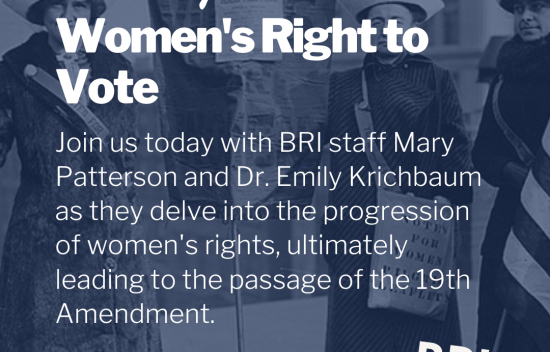
Remember the Ladies: Women’s Right to Vote
Podcast
Podcast
What was the seminal moment in the votes for women movement? Join Mary and special guest Dr. Emily Krichbaum, History Department Chair at the Columbus School for Girls and founder of Remember The Ladies, as they delve into women’s progression of rights, ultimately leading to the passage of the 19th Amendment. What many roles did women have in advancing their right to vote? What methods of protest made Alice Paul different from her contemporaries?
Check out more episodes at https://billofrightsinstitute.org/podcast

Essay: Elections
Essay - 2430 Words
Essay
2430 Words
Elections have consequences. They decide who holds power and therefore the laws that we live under. But they also reflect principles of federalism and consent of the governed, as well as the complexity of the American system.
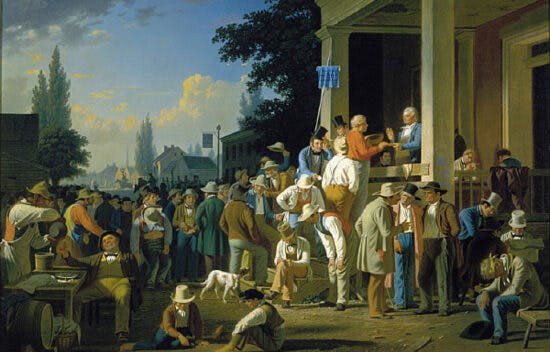
Art Analysis: The County Election by George Caleb Bingham, 1852
Activity
Activity
40 Min
Use this primary source imagery to analyze major events in history.

Elections
Lesson - 11 Activities
Lesson
11 Activities
140 Min
Elections have consequences. They decide who holds power and therefore the laws that we live under. But they also reflect principles of federalism and consent of the governed, as well as the complexity of the American system.
140 Min

Contentious Elections and the Peaceful Transition of Power
E Lesson
E Lesson
20 Min
Contentious elections are nothing new in U.S. history. This eLesson explores some of our most bitter presidential elections, and challenges students to analyze the value of a peaceful transfer of power within our governing system.

Voting Rights in America
E Lesson
E Lesson
20 Min
A vote is the best way of getting the kind of country and the kind of world you want. –HARRY S. TRUMAN The history of the amendments to the Constitution is, in one sense, a history of the expansion of certain political freedoms, including voting. At the Founding of the United States, many groups, including landless white men, slaves, free blacks, and women, could not vote.

Voting Rights and the U.S. Constitution
E Lesson
E Lesson
20 Min
As we approach this mid-term election, it’s important for students to keep in mind the responsibility they have as citizens to be informed and -- if they are old enough -- to vote for the candidate that they believe will best work on their behalf toward ensuring the common good. Elections can be a divisive time, but they are also a time where we come together to celebrate the beauty of democracy and to express our opinions through the vote. Voting is an expression of individual liberty and ought to happen freely, without coercion or intimidation. Sadly that has not always been the case in the United States. This lesson walks students through how individual liberty has been more fully realized through the expansion of the franchise.
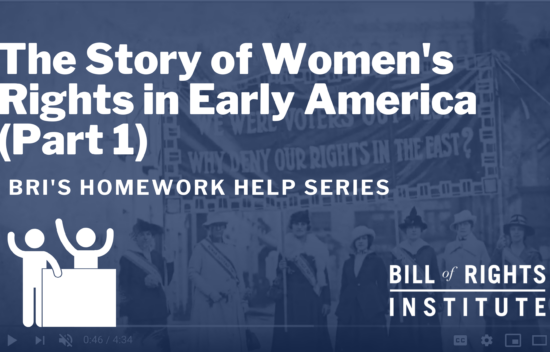
The Story of Women’s Rights in Early America (Part 1) | BRI’s Homework Help History Series
Video
Video
5 Min
In part one of this two-part Homework Help narrative, learn about the origins of the women’s suffrage movement from Colonial America through the nineteenth century. What challenges did these brave activists need to overcome in the early days of the movement to lay the groundwork for the passage of the 19th Amendment? How did previous protections granted in the Bill of Rights like the 14th Amendment and incorporation, the responsibility of states to adhere to the Bill of Rights, boost the case for women’s rights.
5 Min

The Story of Women’s Suffrage in America (Part 2) | BRI’s Homework Help History Series
Video
Video
7 Min
In part two of this two-part Homework Help narrative, learn about the challenges that the women’s suffrage movement overcame in the late nineteenth and early twentieth centuries. What contributions did monumental suffragists like Alice Paul, Lucy Stone, and Carrie Chapman Catt make on the journey to winning the vote for women?
7 Min
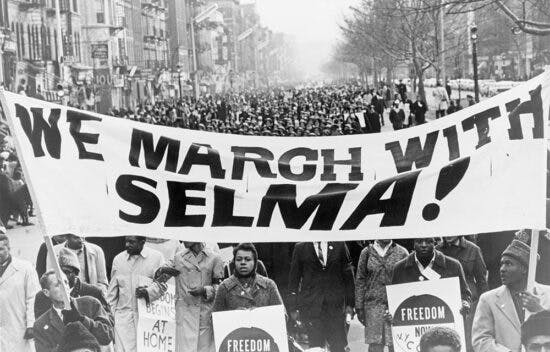
Selma-to-Montgomery Marchers: Diligently Crossing the Bridge
Lesson - 2 Activities
Lesson
2 Activities
45 Min
How did the Civil Rights marchers from Selma to Montgomery, Alabama in 1965 demonstrate diligence?
45 Min
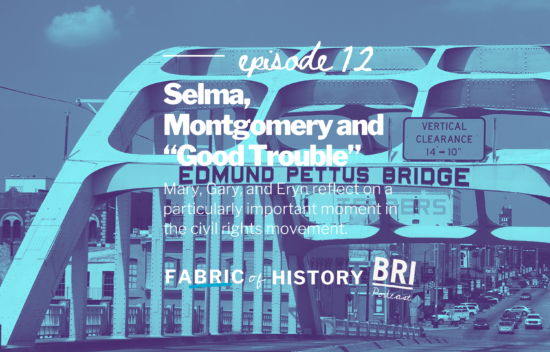
Selma, Montgomery and “Good Trouble”
Podcast
Podcast
32 Min
Gary, Mary, and Eryn reflect on a particularly important moment in the civil rights movement, the march from Selma to Montgomery, Alabama in 1965. They'll explore how the events of Selma fit into the bigger picture of the civil rights movement and the passage of the Voting Rights Act. What can this march teach us about the significance of turning points in a movement? And what lessons from it are still very relevant today?
32 Min
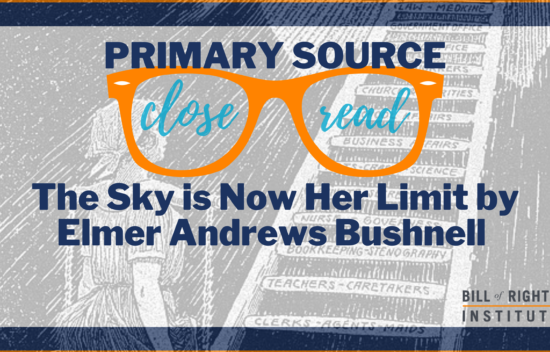
Learning from The Sky is Now Her Limit Cartoon |
A Primary Source Close Read w/ BRI
Video
Video
29 Min
Mary Patterson and Elizabeth Evans take a deep dive into Elmer Andrews Bushnell’s
powerful political cartoon, “The Sky Is Now Her Limit.” The cartoon’s publication
coincided with the ratification of the 19th Amendment in 1920, celebrating the
seemingly limitless opportunities that suffrage would unlock for women. Exploring
the themes of equality and empowerment, Mary and Elizabeth make connections
between this work and the impassioned struggles of contemporary leaders like Alice
Paul. What does this cartoon convey about society during the time of the 19th Amendment's ratification?
29 Min

Cartoon Analysis: Elmer Andrews Bushnell, “The Sky Is Now Her Limit,” 1920
Activity
Activity
40 Min
Use this primary source imagery to analyze major events in history.

The Reconstruction Amendments: Thirteenth Amendment, 1865, Fourteenth Amendment, 1868, and Fifteenth Amendment, 1870
Activity
Activity

Women’s Suffrage and the Nineteenth Amendment
Lesson - 2 Activities
Lesson
2 Activities
75 Min
Use this Lesson with Alice Paul and the Struggle for Women's Suffrage Narrative, the Elihu Root vs. William Jennings Bryan on Women's Suffrage, 1894-1914 Primary Source, and the Carrie Chapman Catt, Open Address to the U.S. Congress, 1917 Primary Source to further explore the journey of the women's suffrage movement.
75 Min

The Rise of Mass Politics: Jacksonian Democracy | BRI’s Homework Help Series
Video
Video
5 Min
Have you ever looked at your teacher with a puzzled face when they explain history? I know we have. In our new Homework Help Series, we break down history into easy to understand 5-minute videos to support a better understanding of American History. In this episode, we examine the Rise of Mass Politics and Jacksonian Democracy.
5 Min
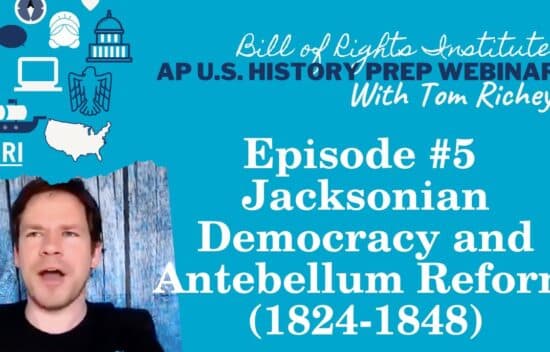
AP U.S. History Prep Episode #5 | Jacksonian Democracy and Antebellum Reform (1824-1848)
Video
Video
59 Min
In this episode, we will discuss the development of democratic politics during the Age of Jackson, compare the Democratic and Whig parties during the Second Two Party System, examine the controversies over the national bank and the Nullification Crisis, and discuss Antebellum reform movements, such as abolition, temperance, and women’s rights.
59 Min
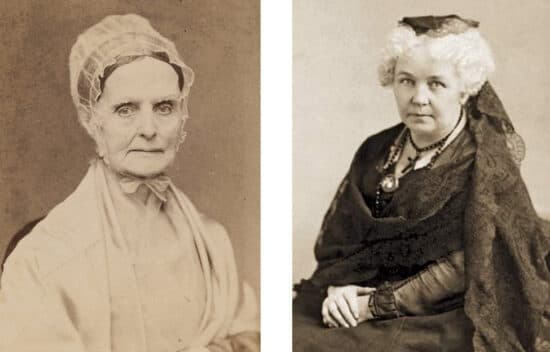
Elizabeth Cady Stanton and the Struggle for Women’s Suffrage
Essay - 2406 Words
Essay
2406 Words
How did Elizabeth Cady Stanton help win female suffrage?

Alice Paul and the Struggle for Women’s Suffrage
Essay - 2705 Words
Essay
2705 Words
How did Alice Paul fight for equality of the sexes?
